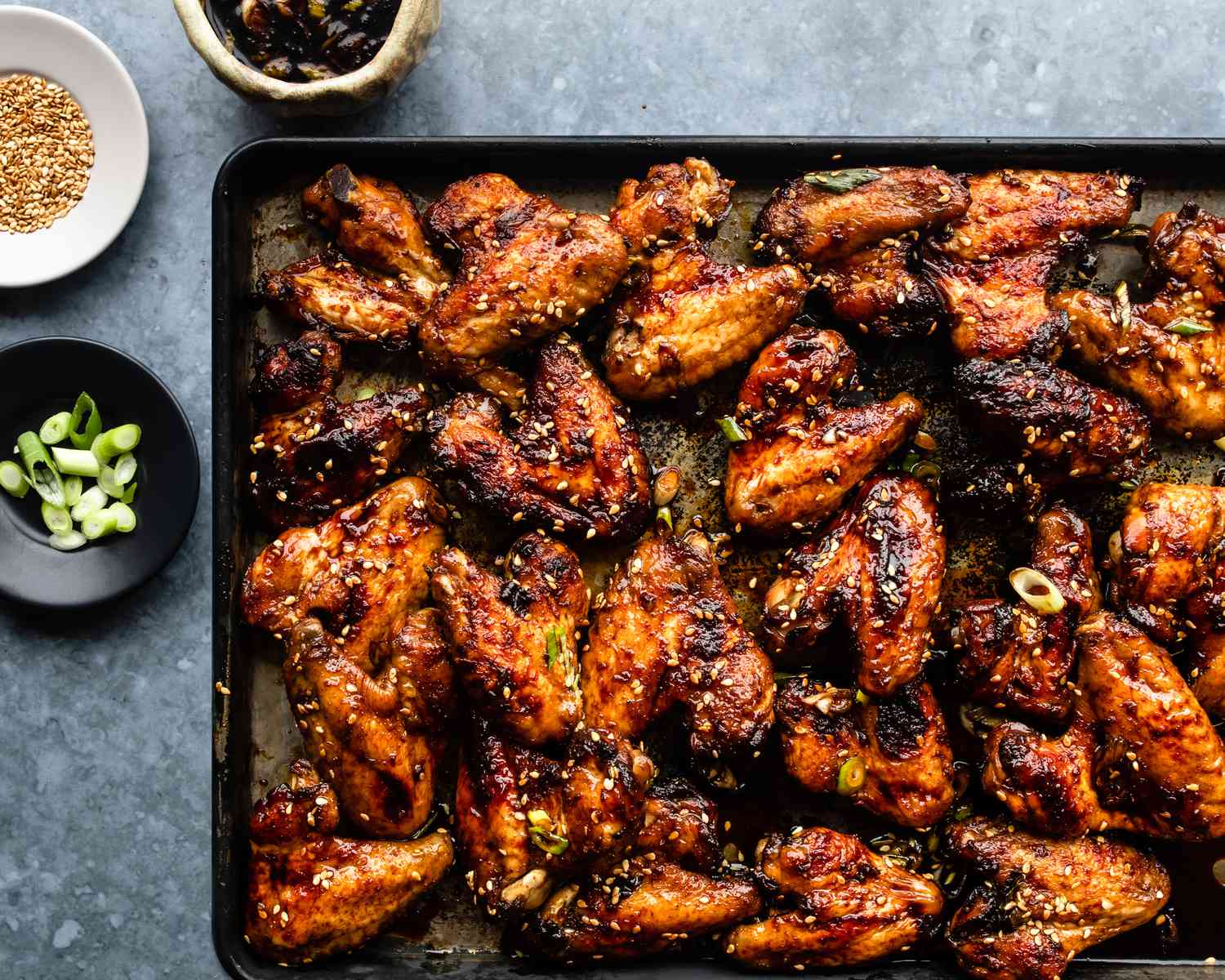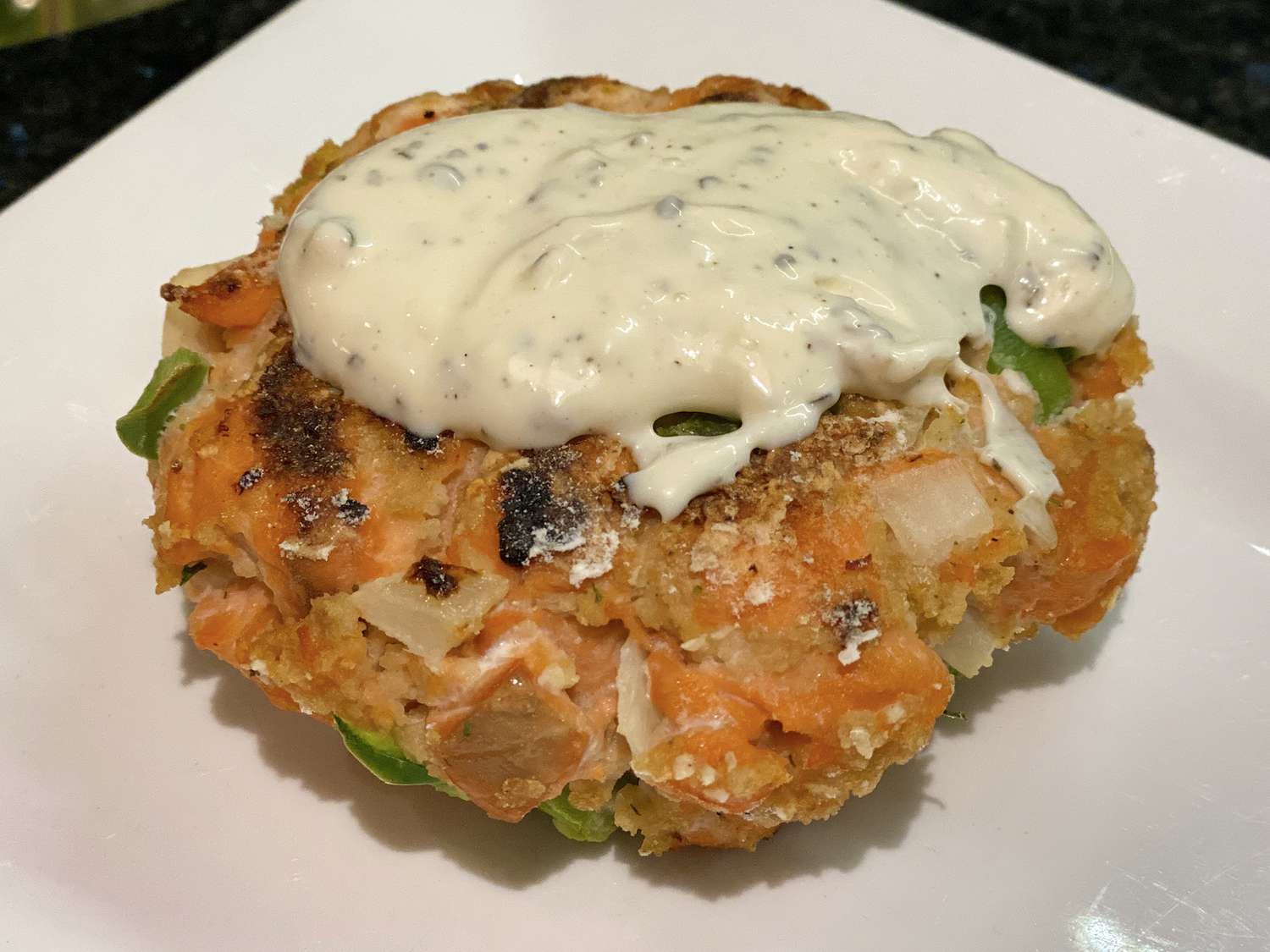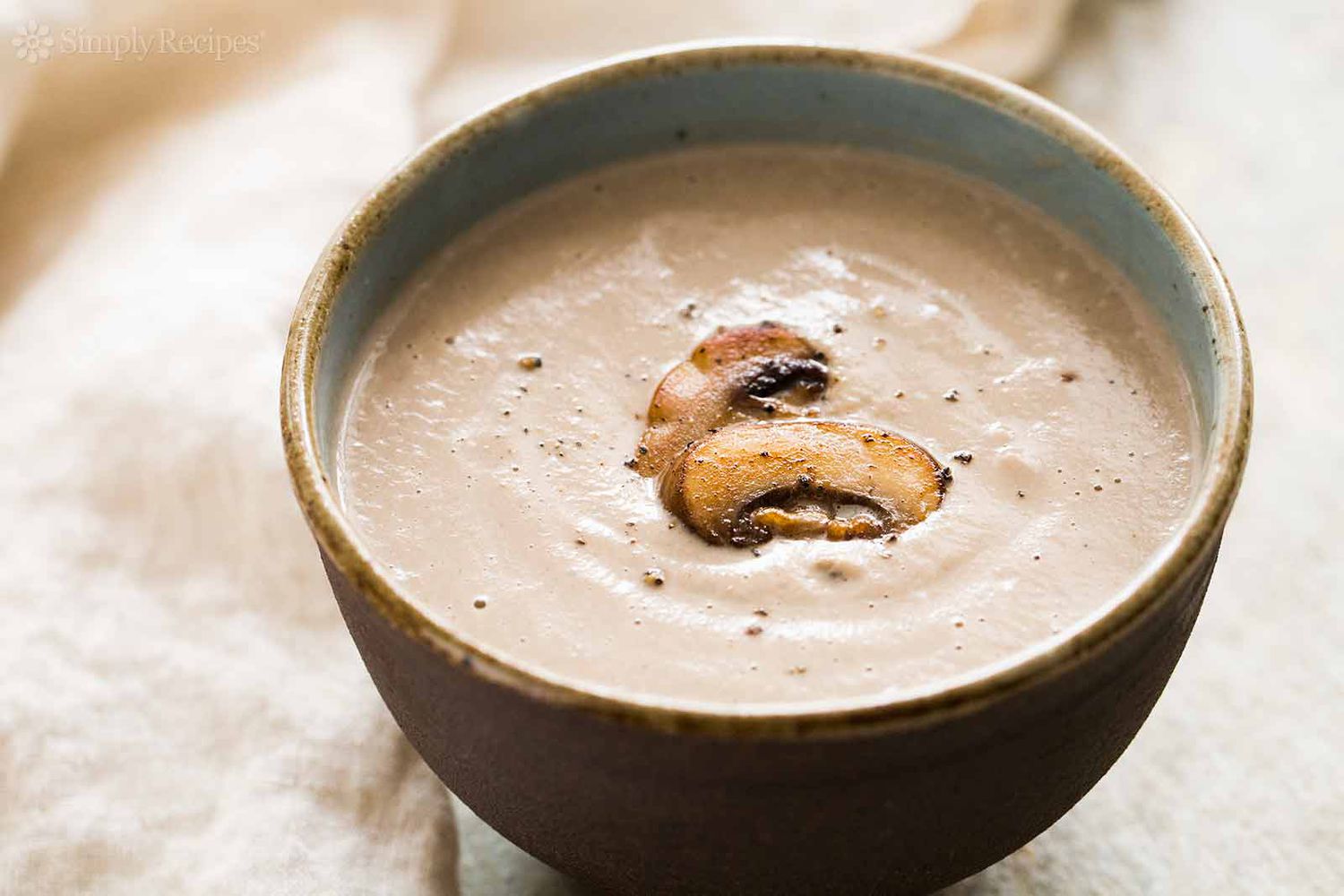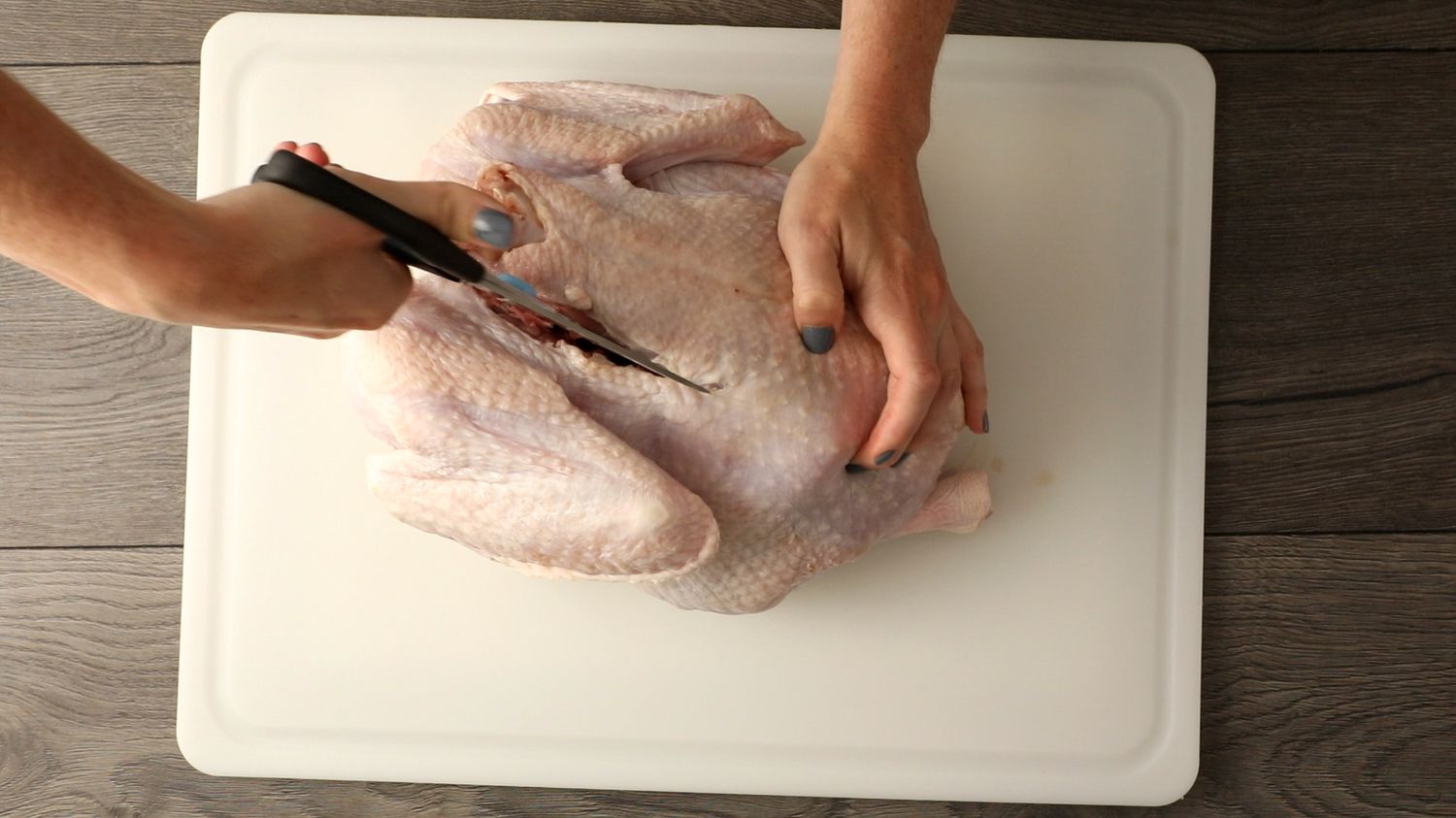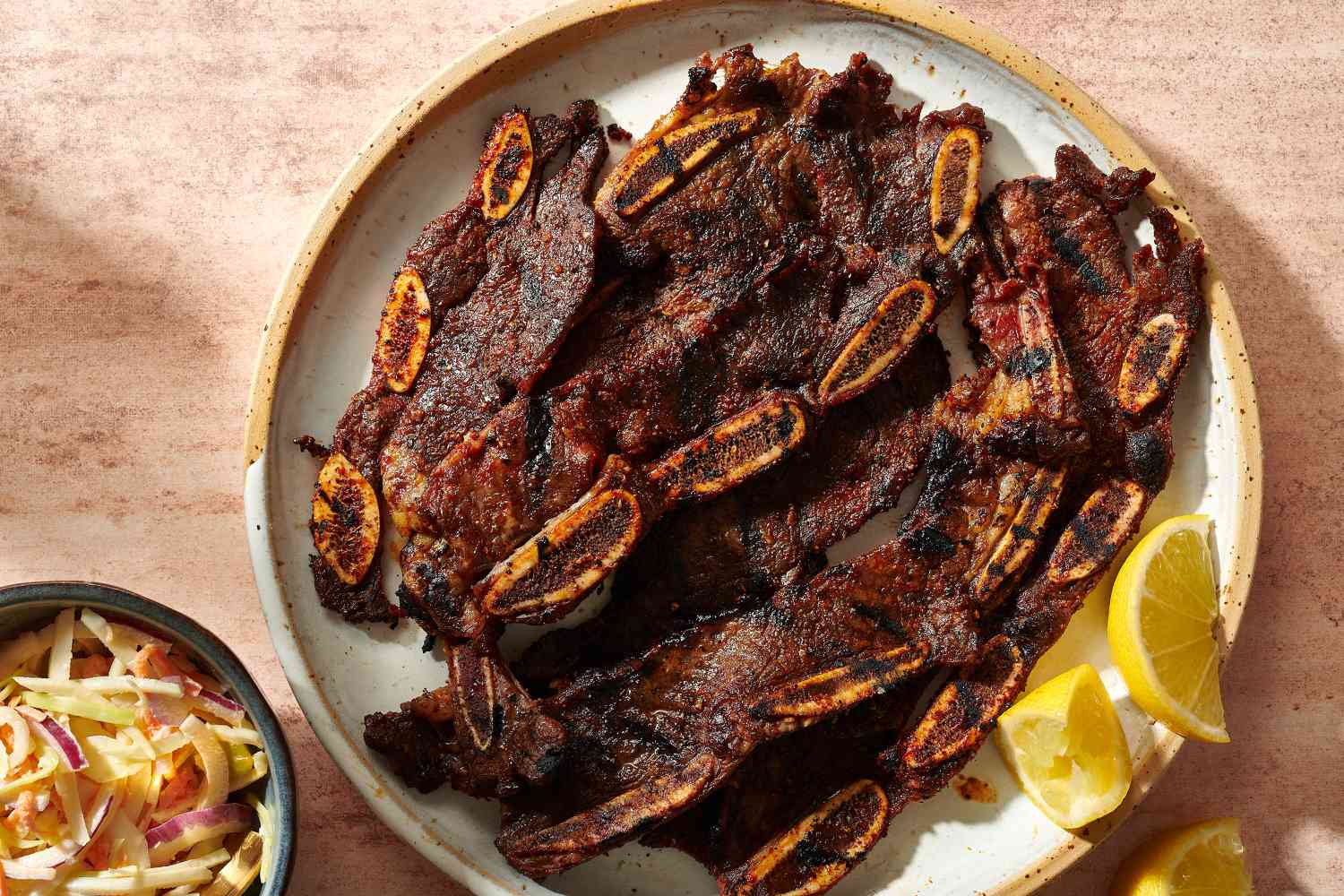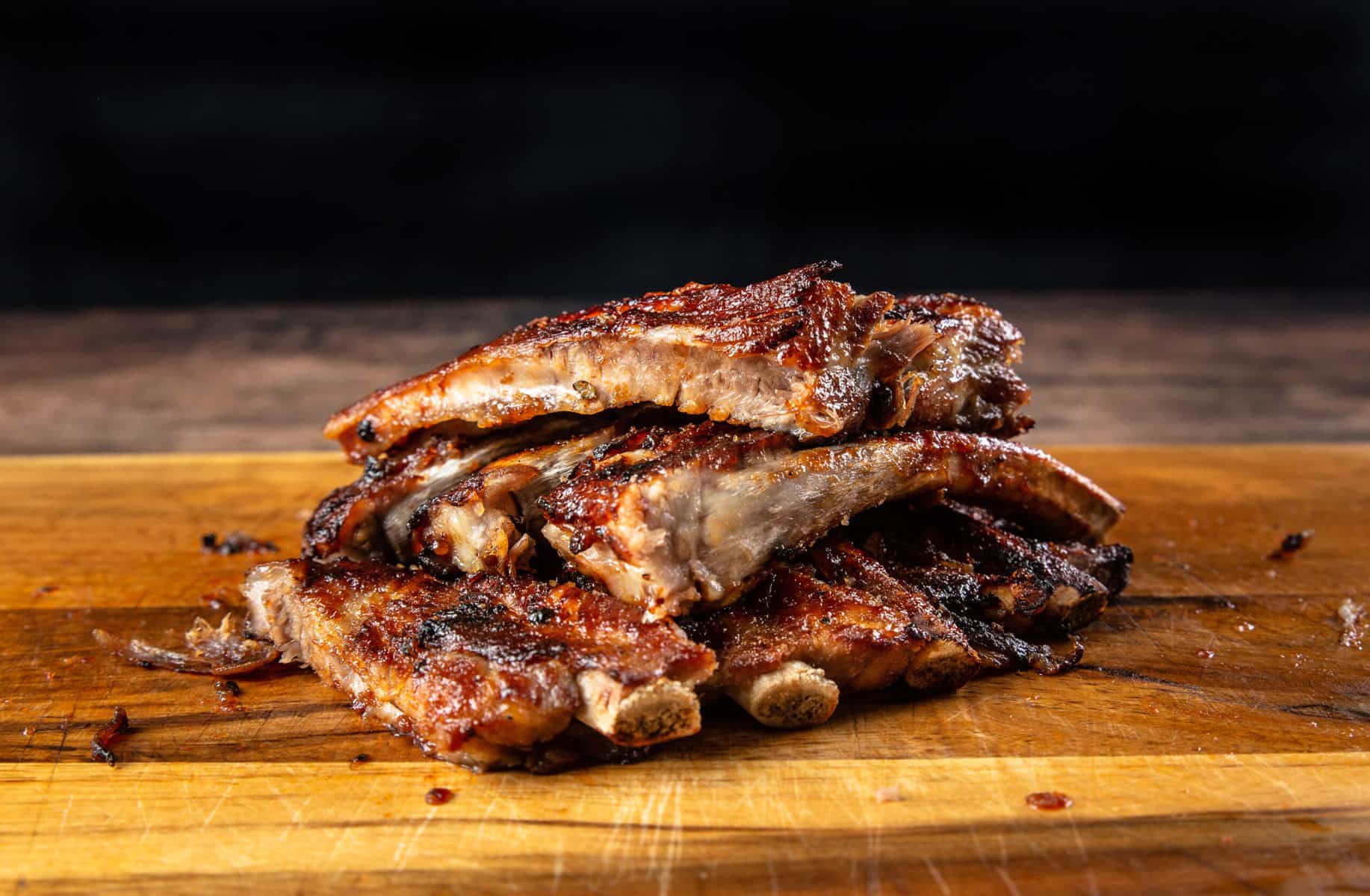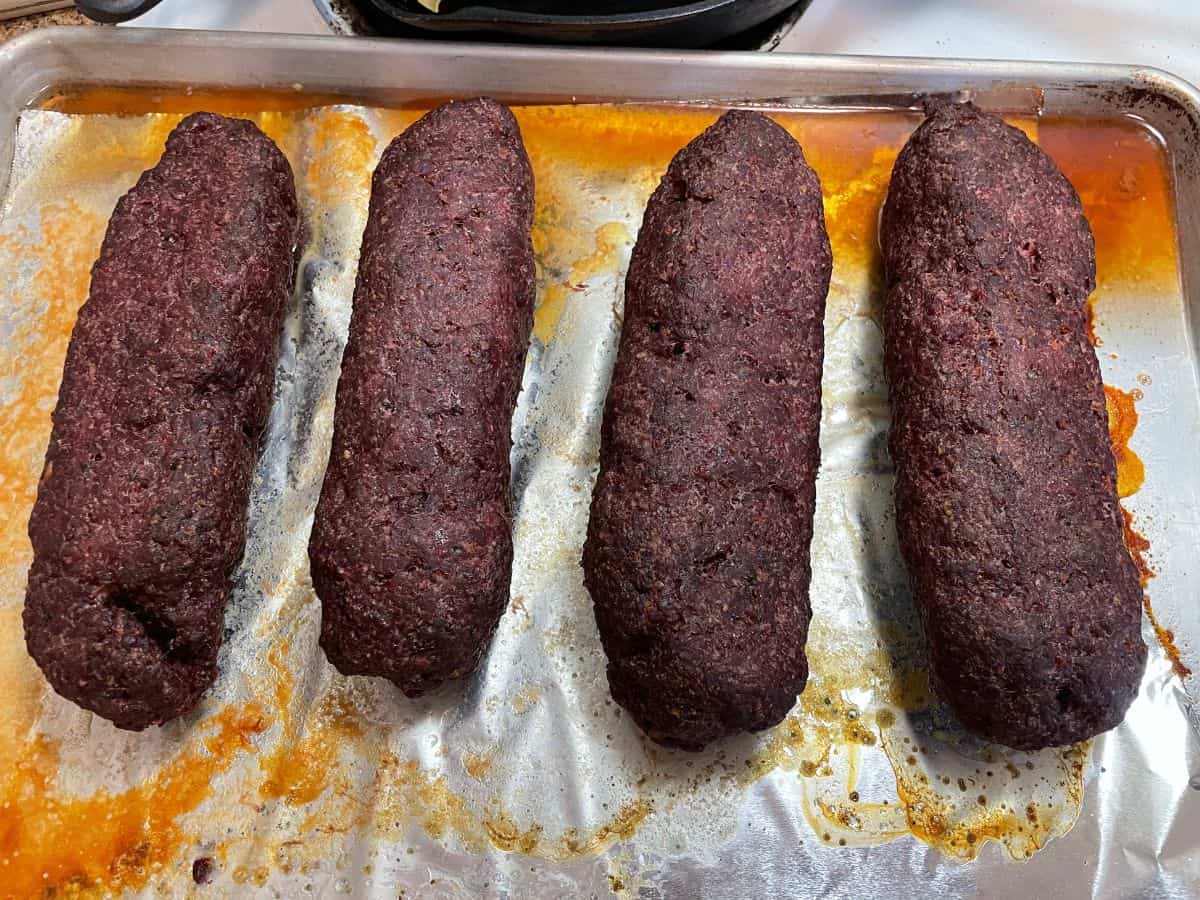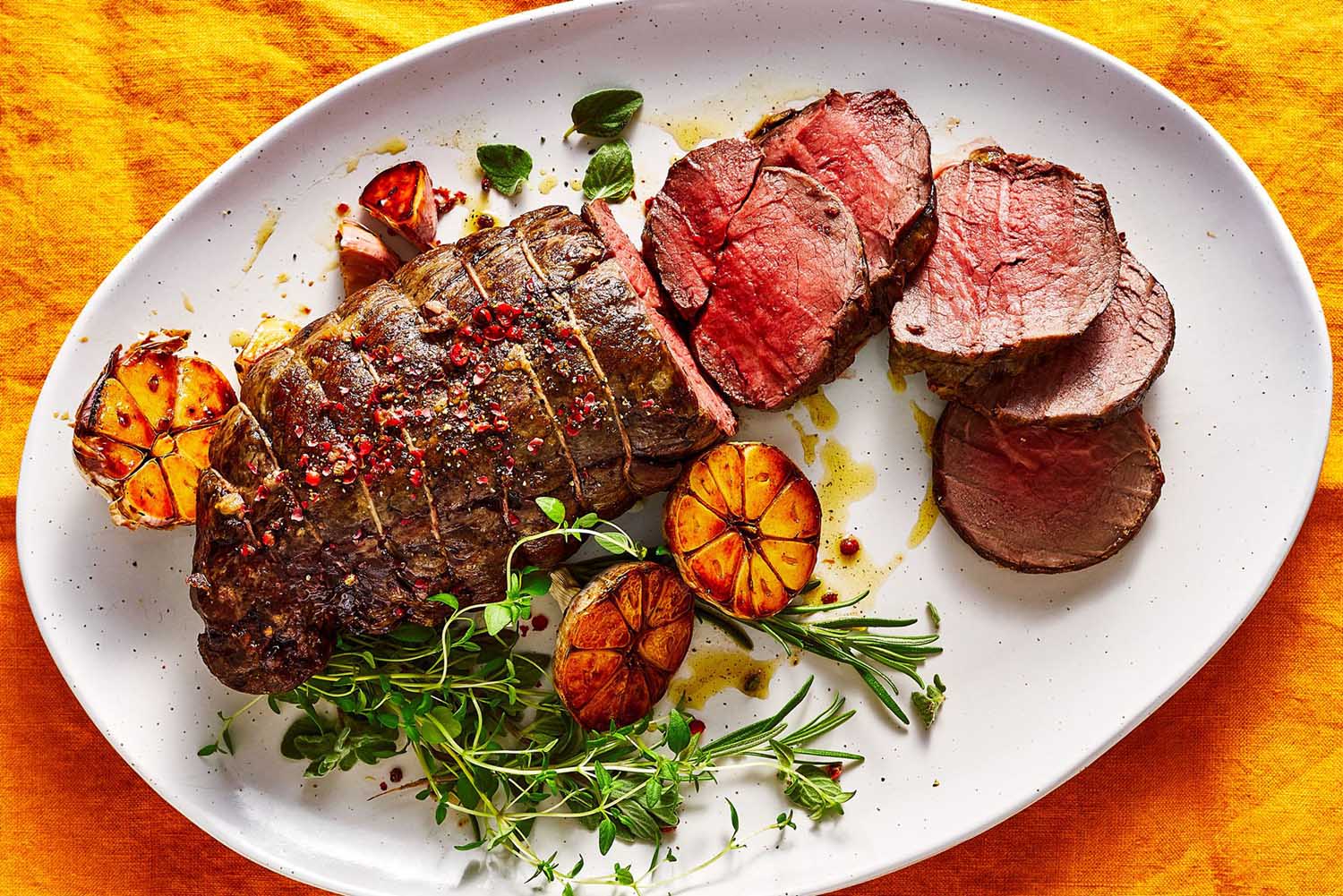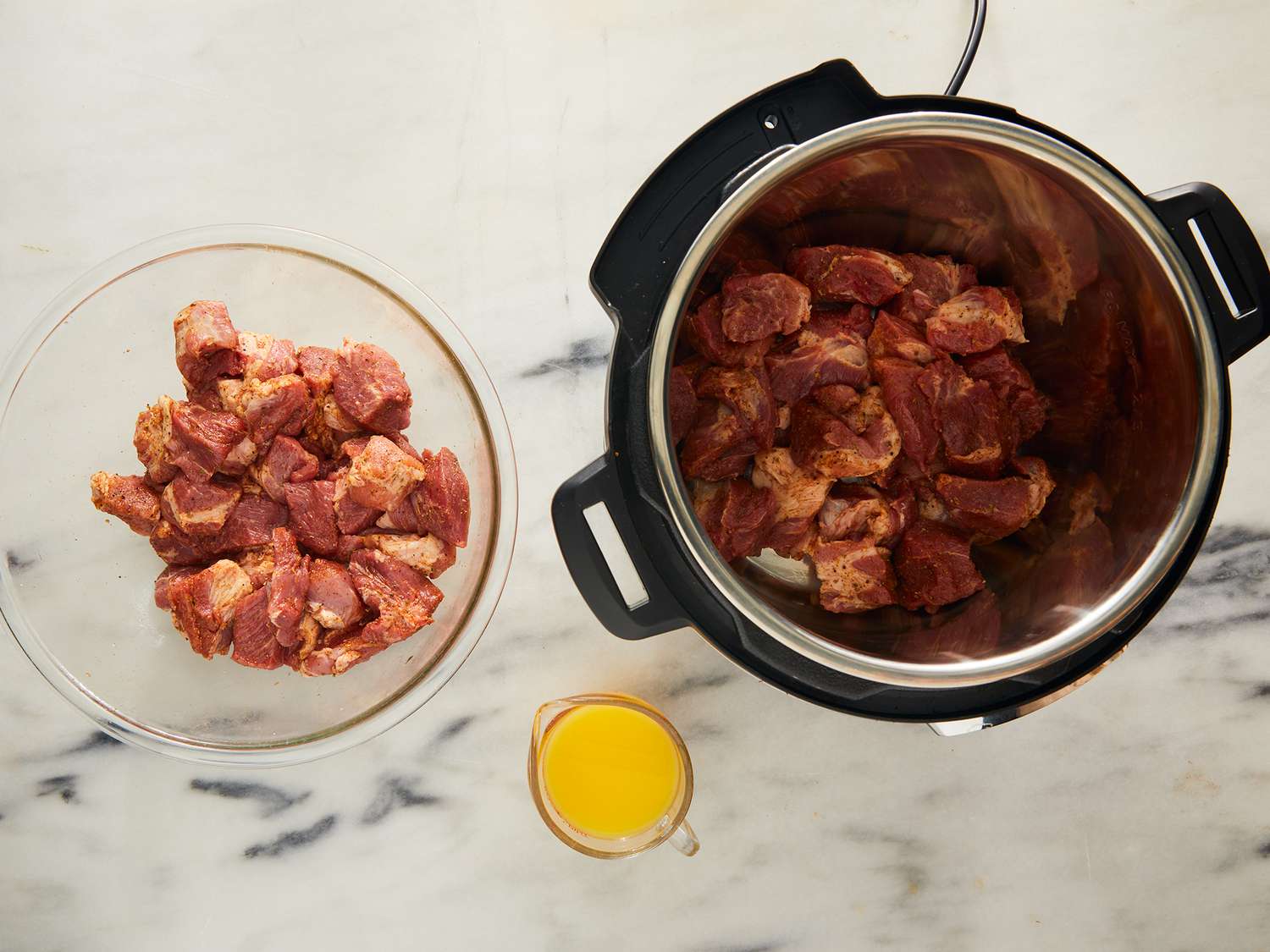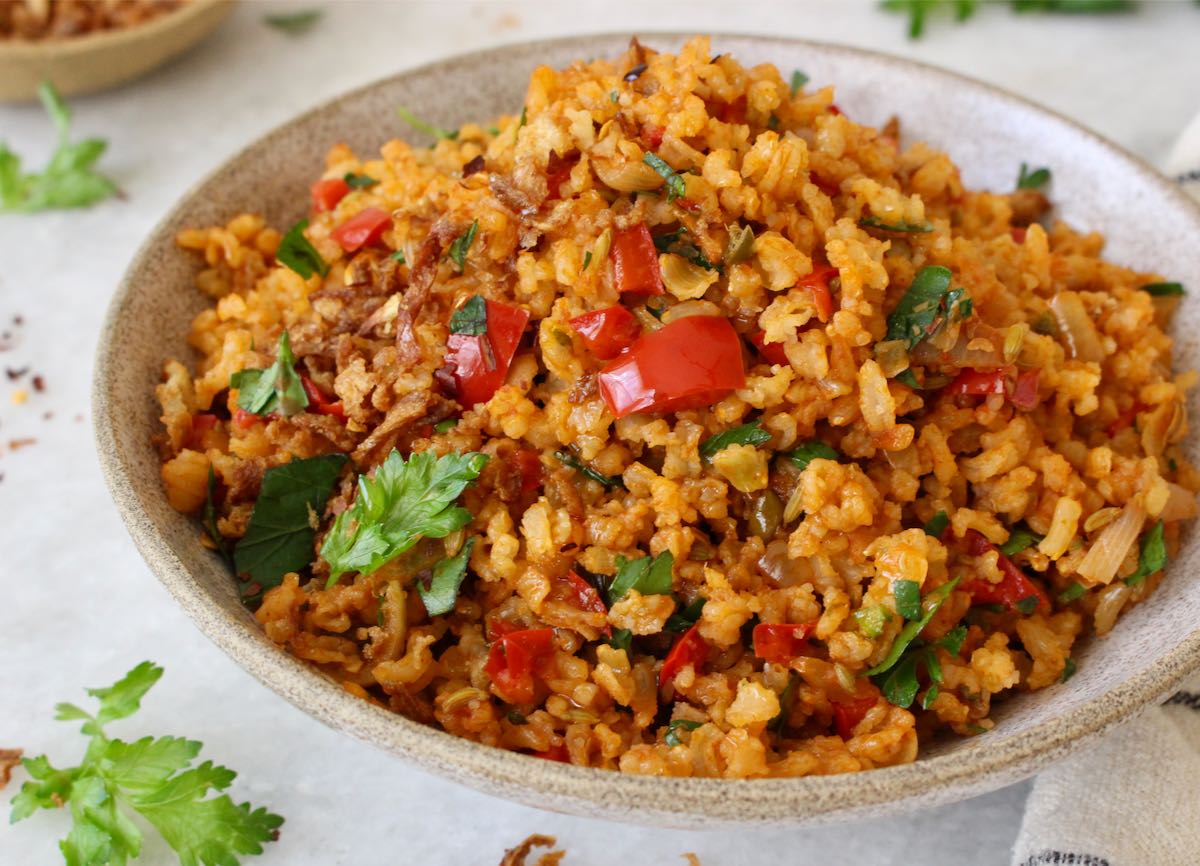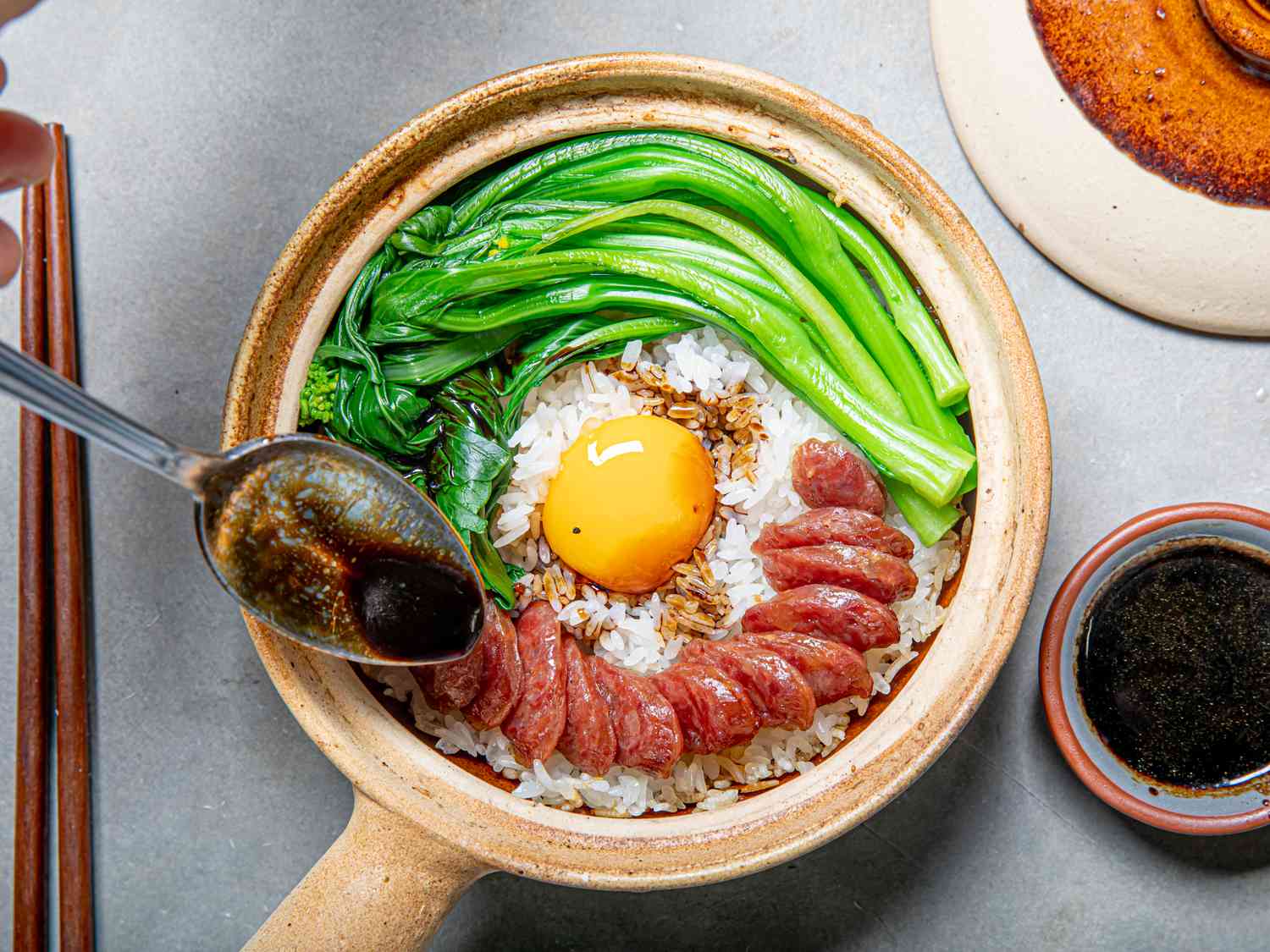Unlock the Full Potential of Your High Pressure Instant Pot with These Cooking Techniques
Are you ready to revolutionize your cooking routine? Say goodbye to long hours spent in the kitchen and hello to the time-saving wonders of the high pressure Instant Pot. Whether you’re a seasoned chef or a beginner in the culinary world, this versatile kitchen appliance will undoubtedly become your new best friend. In this article, we will explore a variety of cooking techniques that will help you make the most of your high pressure Instant Pot.
1. Sautéing
Did you know that your high pressure Instant Pot can be used as a sauté pan? This function is perfect for browning meats, caramelizing onions, or toasting spices before you begin pressure cooking. Simply select the sauté function, adjust the temperature, and let the Instant Pot work its magic. Remember to stir frequently to avoid burning and achieve an even cook.
2. Pressure Cooking
The heart and soul of the high pressure Instant Pot lies in its ability to cook under pressure. This technique allows for faster cooking times while still producing incredibly flavorful meals. To begin, add your ingredients, secure the lid, and select the appropriate pressure cooking setting. Don’t forget to adjust the cooking time according to the recipe you’re following. The high pressure setting is perfect for dishes that require tender meat or perfectly cooked grains in a fraction of the time.
3. Steaming
Have you ever tried steaming vegetables or fish in your high pressure Instant Pot? If not, you’re missing out! Steaming is a fantastic way to preserve the nutrients in your food while maintaining their natural flavors. Simply add water to the pot, place your steaming basket inside, and arrange your ingredients on top. Lock the lid, set the timer, and let the steam work its magic. Your vegetables will emerge perfectly crisp and your fish will be moist and delicious.
4. Slow Cooking
While the high pressure function is undoubtedly a game-changer, the Instant Pot also excels at slow cooking. The low and slow setting is ideal for tenderizing tough cuts of meat or for dishes that require an extended cooking time. Simply add your ingredients, select the slow cook function, and let the Instant Pot work its magic while you go about your day. The result? Mouthwatering, fall-off-the-bone goodness.
5. Yogurt Making
If you’re a fan of homemade yogurt, you’ll be thrilled to know that your high pressure Instant Pot can also serve as a yogurt maker. With just a few simple steps, you can create creamy and tangy yogurt right in your own kitchen. Simply heat the milk, add your yogurt starter, and let the Instant Pot maintain the optimal temperature for fermentation. After a few hours, you’ll have a delightful homemade treat that can be customized with your favorite toppings.
Now that you’re equipped with these cooking techniques, it’s time to unleash the true potential of your high pressure Instant Pot. From sautéing to slow cooking and everything in between, this versatile appliance will revolutionize the way you cook. Get ready to impress your family and friends with delicious and hassle-free meals, all thanks to your trusty high pressure Instant Pot!
Was this page helpful?
Read Next: How To Cook Lamb With Bone
